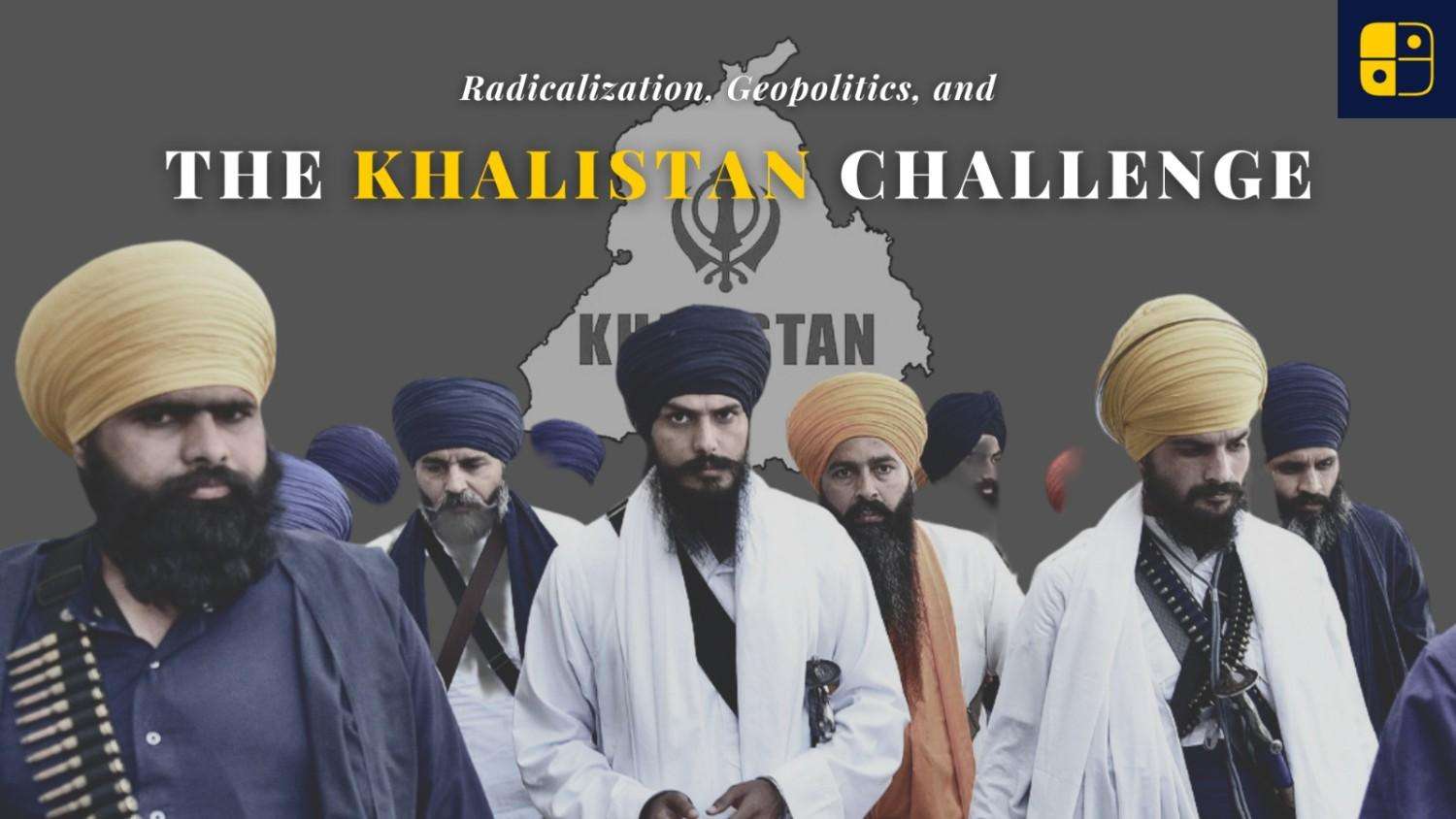The resurgence of the Khalistan movement is no longer just a domestic issue — it's become a transnational threat with global implications. In the detailed piece “The Khalistan Movement: Transnational Threats and India’s Response”, Lea Watch News explores how this separatist agenda has evolved from a local insurgency in the 1980s into a modern-day geopolitical challenge.
The article outlines how pro-Khalistan elements, now largely based in countries like Canada, the UK, and Australia, are using digital platforms, diaspora networks, and even diplomatic loopholes to push anti-India narratives. These movements are often disguised as advocacy for human rights or religious freedom, but in many cases, they have connections to extremist ideologies and activities that threaten India’s internal security.
India’s response has been multi-layered. From issuing diplomatic démarches to foreign governments to closely monitoring social media and financial trails, Indian authorities are trying to stay ahead of the curve. However, the challenges are complex, especially when these groups operate under the legal protections of democratic nations.
Lea Watch News highlights that while security measures are crucial, engagement with the Sikh diaspora is equally important. The government must strike a balance between counter-terrorism efforts and building trust with global Sikh communities, many of whom do not support separatism.
This issue also raises serious questions for international relations — how should democratic countries handle extremist elements within their borders when those ideologies target another sovereign nation?
The Khalistan movement’s modern avatar demands a renewed, strategic, and diplomatic approach. As this article reveals, the battleground has shifted, and India must now defend not just its territory but its narrative — both at home and abroad.